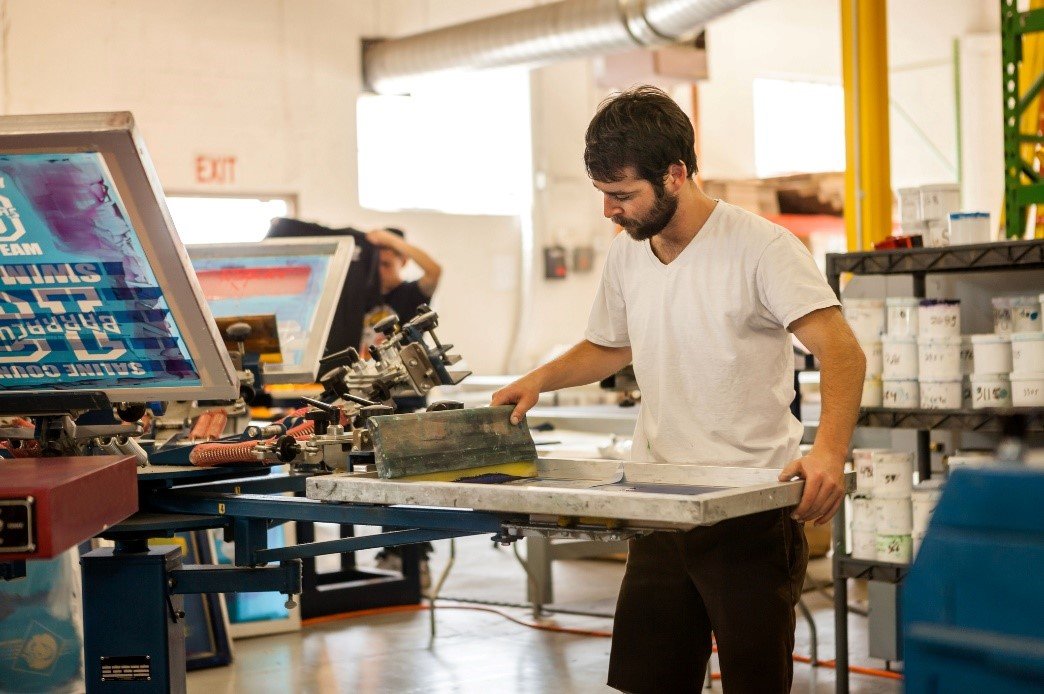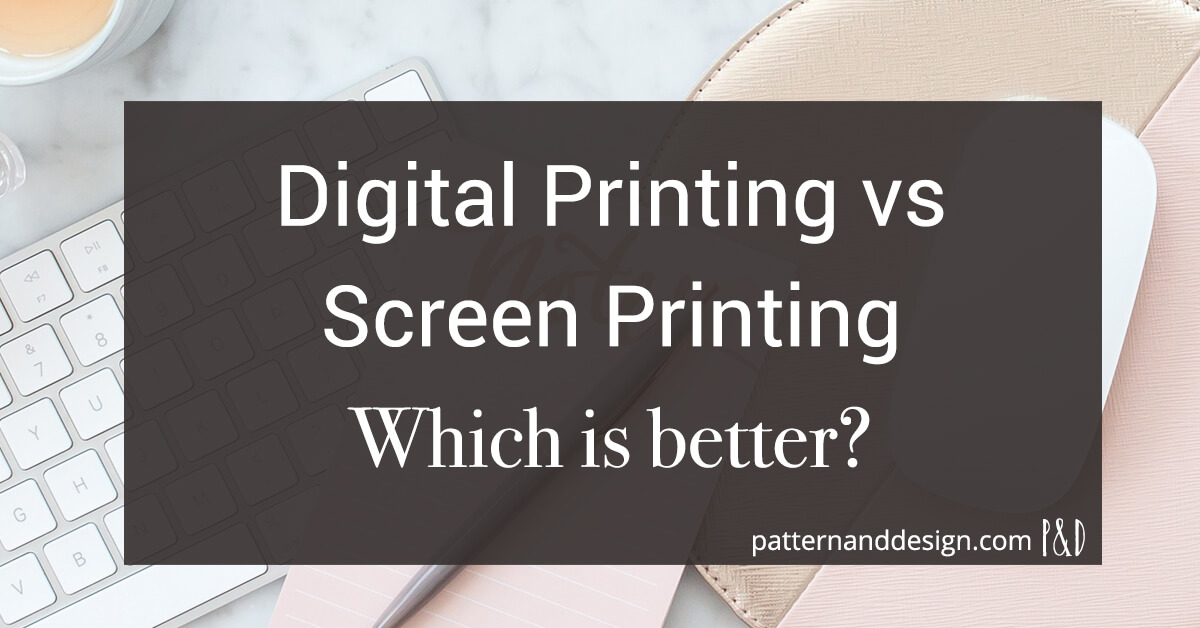The Best Guide To Tx Tees
The Best Guide To Tx Tees
Blog Article
Facts About Tx Tees Uncovered
Table of ContentsTx Tees Can Be Fun For AnyoneFascination About Tx TeesThe Tx Tees DiariesThe Basic Principles Of Tx Tees The Single Strategy To Use For Tx TeesThe Basic Principles Of Tx Tees Not known Details About Tx Tees
That brings your total amount to roughly $1,900 gross and delivery. Build up various other expenses, like the number of energies it takes to run the store and the price of ink and solution per design. custom screen printing. Take the print listed below. This is a one-color photo, so the price of ink per t-shirt is about 20 cents.The emulsion needs to only be a few cents because you 'd just require to coat one screen for this task. Just how much should you bill per t-shirt to make a profit? Normally, printers try to make up to 45% revenue on a print job. Below's a table to help you establish that: overall price per thing percent of wanted earnings as a decimal (instance:.25 or.45) earnings made per thing per work Now let's speak about the success of DTF.

With DTF, you can print a handful of t shirts, or just one. Both screen printing and DTF have their specific niches in the world.
Indicators on Tx Tees You Should Know
The most effective way to understand? Ask about and see what printing shop like yours are doing. custom monograming. Try both out and see which you like much better
When you're selecting what kind of printing method to use for printing your artwork styles on your garments, it is very important that you know the differences between these two methods so you can maximize results while reducing expenses. Screen printing is the most frequently made use of strategy for printing styles on textiles.
DTG printing is also referred to as place or straight to garment printing due to the fact that it prints only what is needed instead of making a screen as screen printers do. https://filesharingtalk.com/members/594250-txtees02?tab=aboutme&simple=1. Screen printing functions by screen filler squeegee display printing ink screen mesh display, then moving the image to garment making use of warm and/or stress
The DTG printer utilizes unique dye-sublimation inks that are applied right into a pre-designed picture by an electronic printing system. The inks end up being part of the material, permitting lively colors and phenomenal detail. It's additionally referred to as place or direct to garment printing due to the fact that it prints only what is required rather than making a display as screen printers do.
Some Known Facts About Tx Tees.
It's much quicker - you can publish a fullcolor photo in minutes, as opposed to hours for screen printing. Second, there's no set up time or costs involved - you can print any design you like, without having to create a screen. Third, there's no waste - because screen printers screen print one design at a time, they have to screen each color separately.
The paper is very pricey and can just be made use of as soon as. Once it's published on, it needs to be thrown out. - The first acquisition cost is less than the in advance investment of DTG printers- You can print multi-color designs one display at once rather of having to print each color separately like DTG printing.

Our Tx Tees Ideas
Nonetheless, instead of utilizing display mesh as display printers do, dye sublimation printers utilize laser modern technology to transfer your pictures onto garments or paper. A heat process moves the color from its solid-state straight into the gas phase which subsequently fuses it onto fabric substrates when they are quickly warmed to high temperature levels under high pressure.
Sublimation printing is environment-friendly. It makes use of much less water than screenprinting, and because it doesn't involve using unsafe solvents, it's secure for all types of apparel. The dye sublimation inks are likewise odor-free when treated, unlike display printers that utilize damaging chemicals throughout the display printing procedure that leave an unpleasant odor.
They also save money on costly equipment like exposure units since dye sublimation printers don't call for a UV direct exposure device or a flash treatment stove that is commonly made use of in display printing (t-shirt printing). What is direct to garment printing (DTG Printing)? DTG printing is an electronic screenprinting procedure that publishes directly onto fabric utilizing specialized inkjet printers
About Tx Tees
DTG printing offers several benefits over traditional screenprinting, consisting of the capability to print photo high quality images, higher color vibrancy, and the capacity to print layouts on darker materials. DTG printers work by warming the textile ink till it develops into a gas. The gas then penetrates the material, bonding with the fibers to create a long-term print.

Screen printers simply prepare their display after that begin printing until they run out of item or ink.- There is a wide variety of seasoned display printers around the world, which can be valuable for beginners. - It's a slower procedure - display printers often need to wait for the ink to completely dry before they can print the next shade- Screen printers require manual work, so there's a greater knowing contour and it takes longer to generate a high-grade design- Screen printing isn't as exact as DTG printing, so you may get some "bleeding" of colors from one part of the picture onto one more otherwise done effectively.
More About Tx Tees
Rather of making use of display mesh as screen Continued printers do, color sublimation printers make use of laser innovation to transfer your pictures onto garments or paper. A heat procedure moves the dye from its solid-state straight into the gas stage which consequently integrates it onto material substratums when they are swiftly warmed to heats under high stress.
Sublimation printing is green. It uses less water than screenprinting, and because it does not entail making use of hazardous solvents, it's risk-free for all kinds of garments. The dye sublimation inks are likewise odor free when healed, unlike display printers that make use of damaging chemicals during the display printing procedure that leave an unpleasant odor.
They also save cash on costly devices like exposure devices because dye sublimation printers don't call for a UV exposure unit or a flash cure stove that is generally used in screen printing. What is direct to garment printing (DTG Printing)? DTG printing is an electronic screenprinting process that prints directly onto material using specialized inkjet printers.
Tx Tees Things To Know Before You Get This
DTG printing provides many benefits over traditional screenprinting, including the capacity to print photo top quality pictures, higher color vibrancy, and the ability to publish styles on darker fabrics. DTG printers work by warming the textile ink until it transforms into a gas. The gas after that penetrates the fabric, bonding with the fibers to create a permanent print.
Report this page